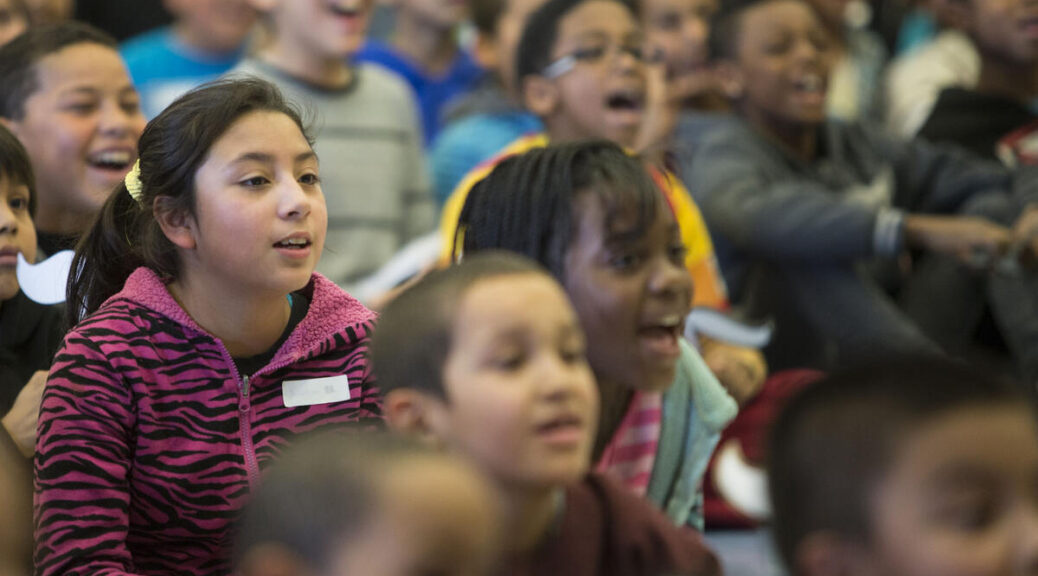In today’s globalized world, multicultural classrooms have become the norm rather than the exception. Educators face the unique challenge of teaching students from diverse cultural, linguistic, and socioeconomic backgrounds. In this context, promoting social justice is not just an educational goal but a necessity. Teaching social justice involves addressing inequalities and fostering an inclusive environment where every student feels valued and empowered. This article explores the challenges educators face in promoting social justice in multicultural classrooms and offers strategies to overcome them.
Challenges in Promoting Social Justice
Cultural Sensitivity and Awareness
One of the primary challenges in multicultural classrooms is the need for cultural sensitivity and awareness. Teachers must recognize and respect the diverse cultural backgrounds of their students. However, this requires an understanding of various cultural norms, values, and traditions, which can be complex and multifaceted. Educators must be mindful of their biases and stereotypes that could inadvertently affect their teaching.
Language Barriers
Language differences can pose significant challenges in promoting social justice. Students who are non-native speakers of the classroom’s primary language may feel marginalized or excluded. This can hinder their participation and engagement, making it difficult for them to access the same educational opportunities as their peers.
Socioeconomic Disparities
Socioeconomic disparities among students can also impact the promotion of social justice. Students from disadvantaged backgrounds may face additional challenges, such as limited access to resources, lack of parental support, and stressors outside of school. These factors can affect their academic performance and engagement, perpetuating cycles of inequality.
Resistance to Change
Promoting social justice often involves challenging established norms and practices, which can lead to resistance from various stakeholders, including students, parents, and even fellow educators. Some may view social justice initiatives as political or controversial, leading to pushback and reluctance to embrace change.
Strategies for Promoting Social Justice
Culturally Responsive Teaching
Culturally responsive teaching is an approach that acknowledges and values students’ cultural backgrounds and incorporates them into the learning process. This involves using culturally relevant materials, examples, and teaching methods that resonate with students’ experiences. Educators should strive to create an inclusive curriculum that reflects diverse perspectives and promotes critical thinking about social justice issues.
Building Inclusive Classroom Communities
Creating an inclusive classroom community is essential for promoting social justice. Educators can foster a sense of belonging by encouraging respectful dialogue, collaboration, and mutual respect among students. Establishing classroom norms that emphasize inclusivity and equity can help create a safe space for all students to express themselves and participate actively.
Addressing Language Barriers
To overcome language barriers, educators can employ strategies such as using visual aids, simplifying language, and providing language support services. Encouraging peer support and collaboration can also help non-native speakers feel more comfortable and engaged in the classroom. Offering language learning resources and support for students and their families can further enhance their educational experience.
Addressing Socioeconomic Disparities
To address socioeconomic disparities, educators can work to ensure equitable access to resources and opportunities for all students. This may involve providing additional support for students who need it, such as tutoring, mentorship, or access to technology. Building partnerships with community organizations can also help provide resources and support to students and their families.
Professional Development and Training
Educators must engage in ongoing professional development and training to promote social justice effectively. This includes workshops, seminars, and training sessions on cultural competence, bias awareness, and inclusive teaching practices. By continuously enhancing their skills and knowledge, educators can better address the needs of their diverse students.
Conclusion
Teaching social justice in multicultural classrooms presents unique challenges, but it is an essential component of fostering an equitable and inclusive educational environment. By recognizing and addressing cultural, linguistic, and socioeconomic barriers, educators can create a learning space where all students have the opportunity to succeed. Through culturally responsive teaching, inclusive practices, and ongoing professional development, educators can empower students to become active participants in creating a more just and equitable society.
